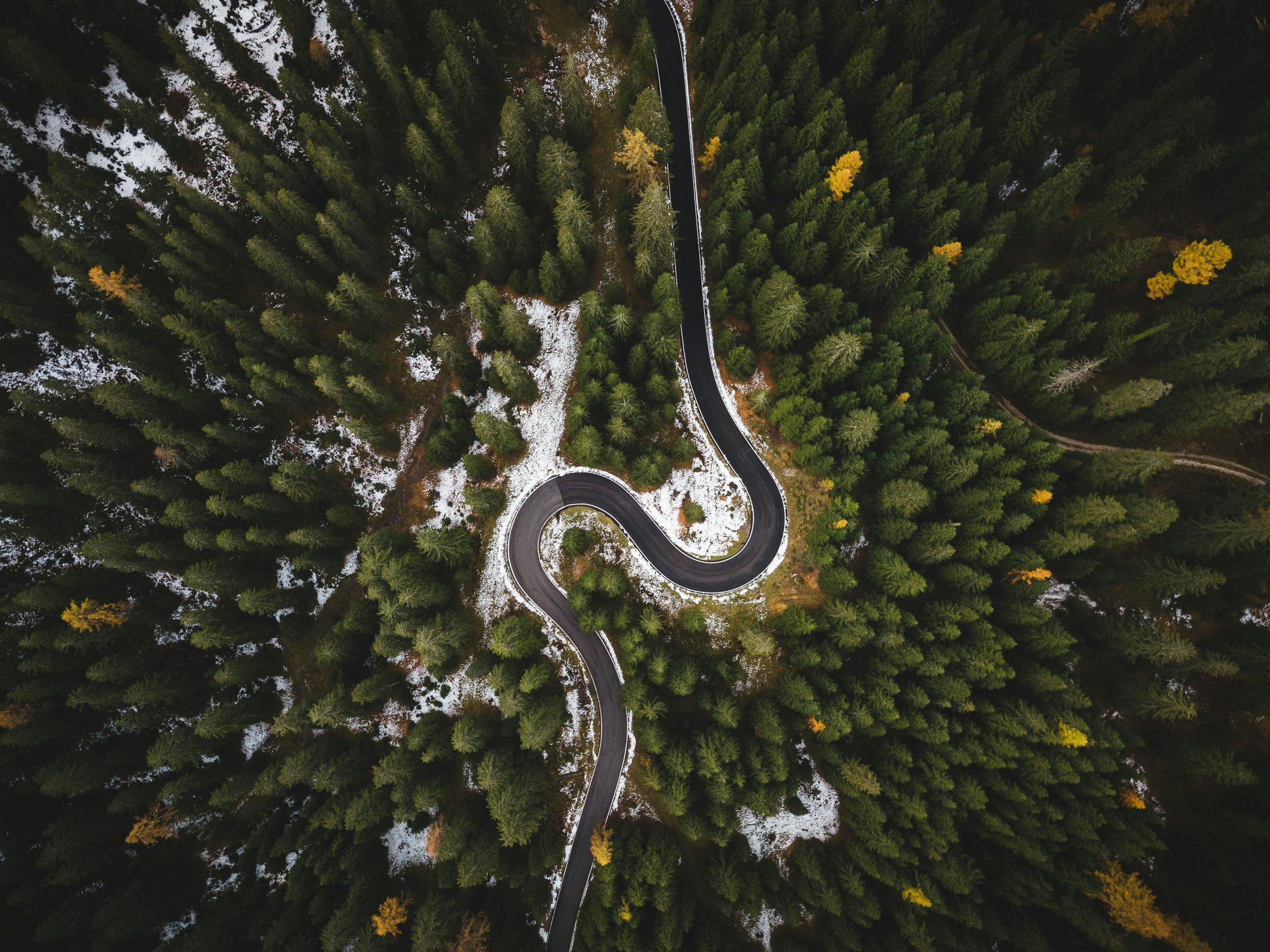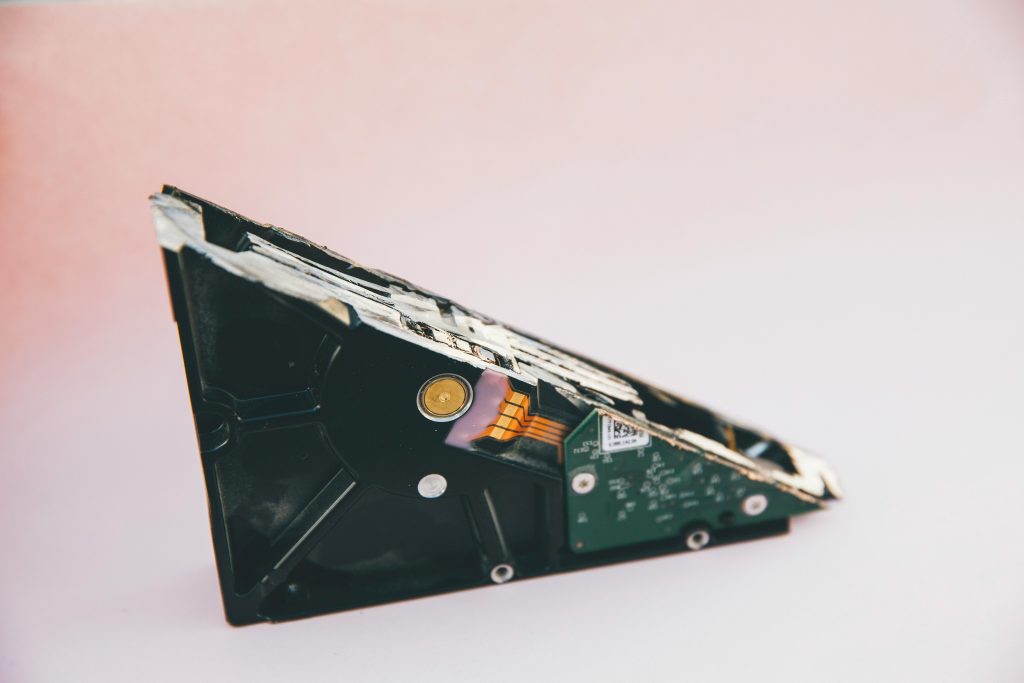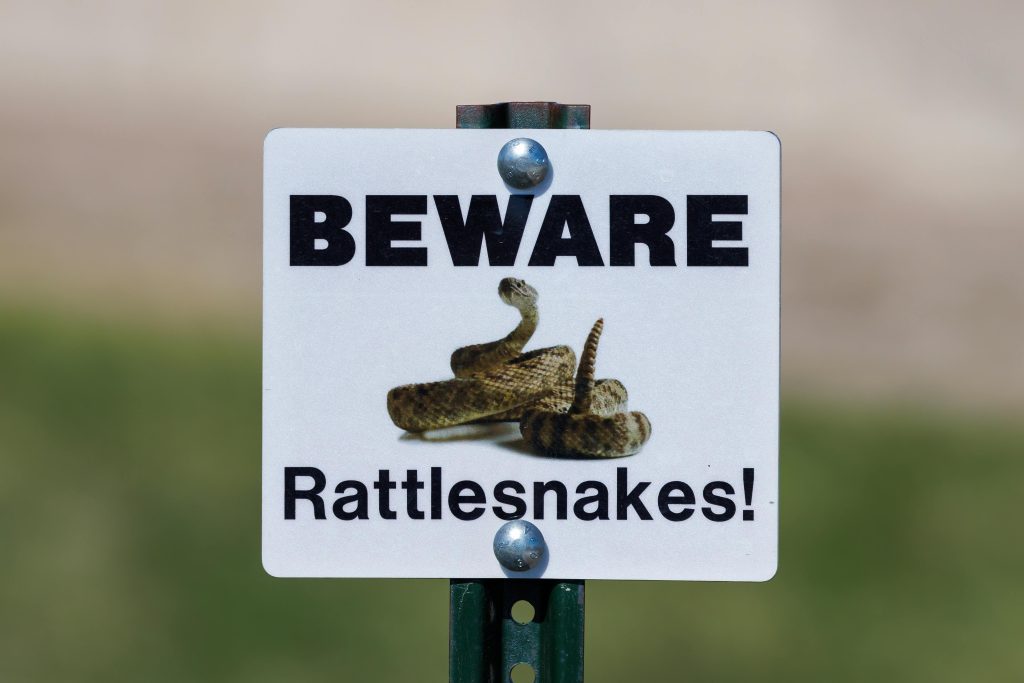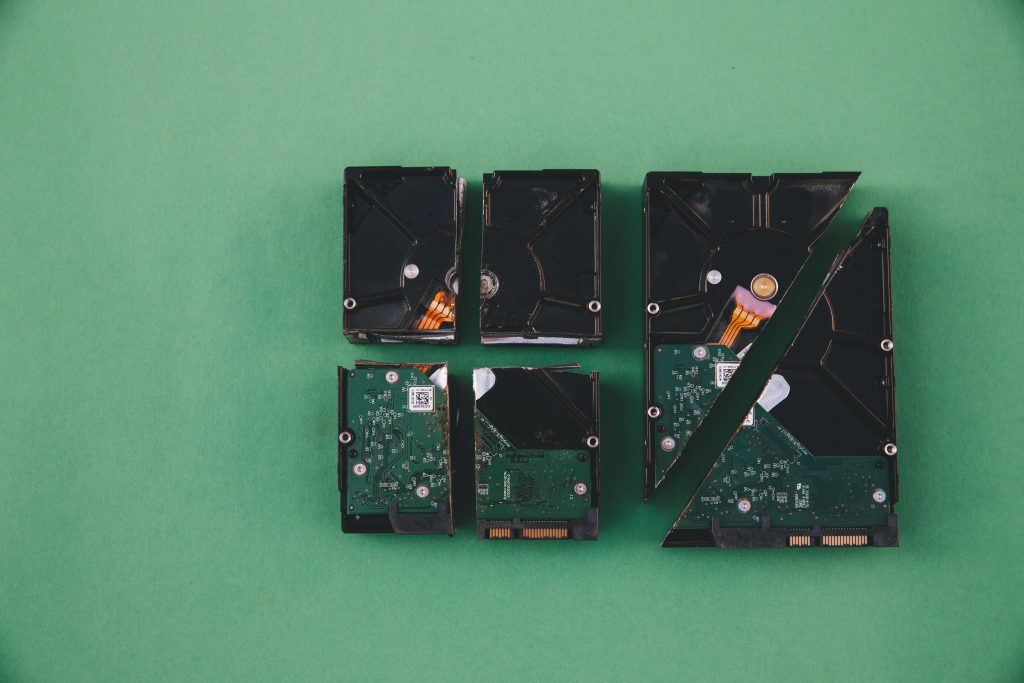Recovering Data from Clonezilla Disk Images: A Comprehensive Guide
When faced with a malfunctioning Linux system, restoring data can seem daunting—especially if you’re working from a disk image created with Clonezilla. Many users encounter challenges when attempting to extract specific files from these images without restoring the entire system. This article provides a clear overview of methods to recover data from Clonezilla disk images efficiently and safely.
Understanding Clonezilla Disk Images
Clonezilla is a popular open-source tool used to create complete disk images or clones. These images serve as exact snapshots of a system at a specific point in time, enabling full system restoration. However, extracting individual files from a disk image isn’t as straightforward as opening a typical folder—you need specialized tools and procedures.
Common Challenges in Data Recovery
- The disk image is a complete system snapshot, not a traditional archive of individual files.
- Restoring the entire image overwrites existing data and systems.
- Simply browsing the image like a regular folder isn’t possible without mounting it appropriately.
- The image may be stored on external drives or partitions, which requires proper mounting and access rights.
Step-by-Step Solution for Extracting Data from Clonezilla Images
- Identify the Disk Image’s Location
Ensure full knowledge of where your disk image is stored. For example, your external SSD path might be:
/run/media/user/8515-904B/2025-07-2335-img-rescuezilla
- Convert the Disk Image for Mounting
Clonezilla images are typically stored as image files or directories containing partition images. Determine the exact format:
- If it’s an image file (e.g.,
.img), you can uselosetupto associate it with a loop device. -
If it’s a directory with partition images, you can mount these directly.
-
Mount the Disk Image or Partition
For image files:
bash
sudo losetup -fP /path/to/your/imagefile.img
This command associates the image file with a loop device (e.g., /dev/loop0) and creates partition mappings.
Identify the correct loop device:
bash
sudo losetup -l
Mount the partition:
bash
sudo mount /dev/loop0p1 /mnt/temp
Replace /dev/loop0p1 with your actual partition identifier.
For directory-based images:
Simply mount the directory or navigate directly within it.
Share this content:



